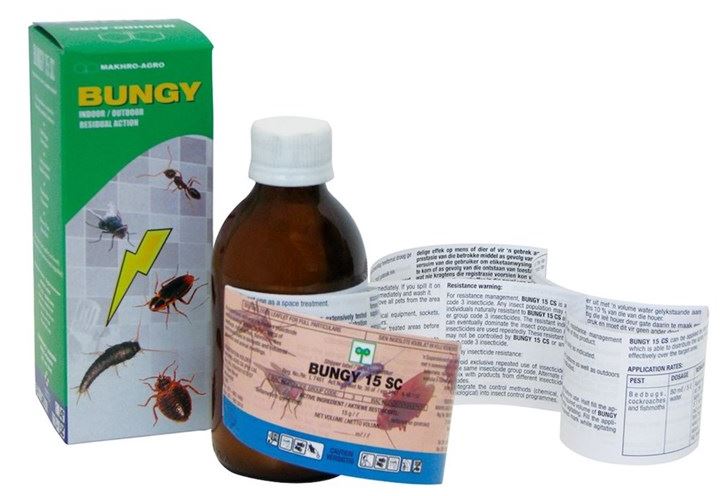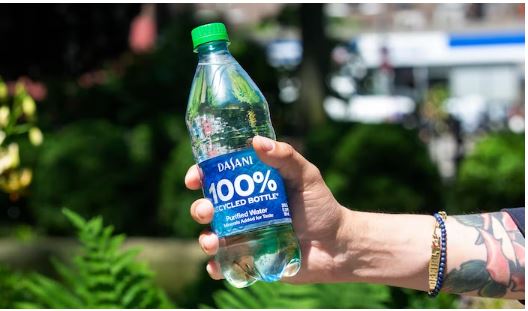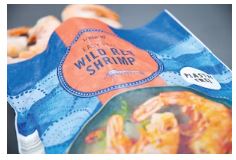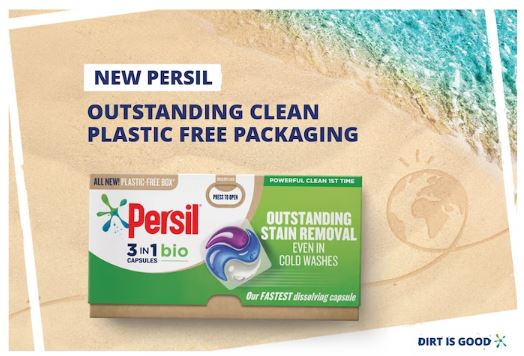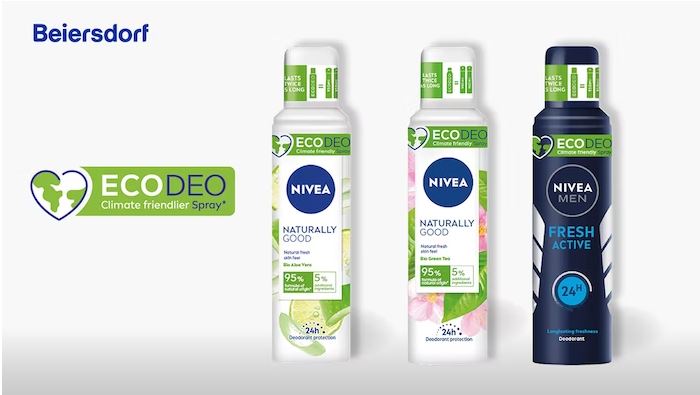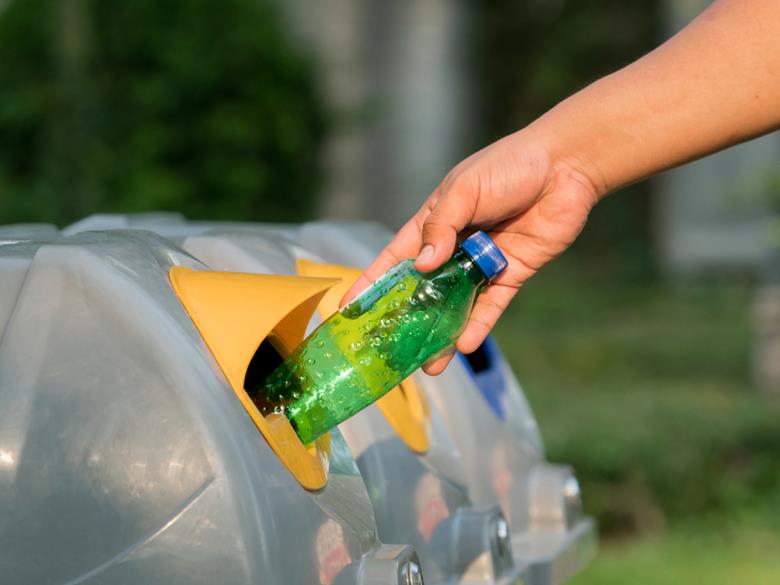Category: Sustainability
Agrochemical labelling that helps keep products safer
Packaging for the agrochemical sector is crucial because fertilisers and pesticides are generally toxic. Advanced packaging, with excellent sealing abilities, help reduce the risk of accidental handling, storing, and transport damage. But how can the product’s label also help mitigate risks? Agrochemical labels are governed by stringent legal requirements for product labelling because of their…
Dasani Launches in 100% rPET, Sprite Switches to Clear Plastic
In pursuit of a World Without Waste, Coca-Cola introduces a new bottle made from100% rPET for Dasani water and moves from green to clear plastic for Sprite to improve recycling of the bottle. The Coca-Cola Company has made significant changes to two of its biggest North American brands in support of its World Without Waste…
‘World-first’ Recyclable Paper Pack for Frozen Food
Seafood producer Iceland collaborated with sustainable, flexible packaging specialist Parkside to deliver one of the world’s first paper recyclable packaging solutions for frozen food. The pack format has been designed for the supermarket’s Northcoast range of frozen seafood. Iceland says the packaging solution is a significant milestone, both for its own pursuit of plastic-free packaging,…
Outdoor Clothier Finisterre is First with Water-Soluble Garment Bag
The ocean-safe, biodegradable Leave No Trace bag is made from PVOH that can be disposed of by running warm or hot water over it. A new garment bag from U.K. outdoor clothing brand Finisterre is said to literally “Leave No Trace.” The company, which was the first in its market to be named a B…
Unilever’s New Persil Laundry Capsule Lowers Laundry’s Carbon Footprint
Unilever’s new laundry capsule and plastic-free container for Persil and its sister brands feature an improved sustainability profile while maintaining functionality. Unilever will soon launch a new laundry capsule and container designed to add a dash of sustainability to the laundry cycle. The new capsules, set to be sold under Unilever’s Dirt Is Good brand (also known as Persil, Skip, OMO,…
Tiny Bottle for Concentrated Mouthwash Replaces 10 16-oz Plastic Bottles
Aromatherapy oil-based mouthwash from GuruNanda comes in a concentrated formula packaged in a 2-oz glass bottle that holds 300 doses and reduces plastic packaging by 99%. Ever since the early to mid-2000s when household cleaning brands began rolling out concentrated liquid laundry detergent products in an effort to reduce the size of their packaging, companies…
Recyclable Toothpaste Tube from NICE Prevents 3,000 Tons of Landfill Waste
China multinational NICE Group collaborates with Dow and Amcor in APAC to develop a recyclable, all-plastic toothpaste tube for its extensive portfolio of toothpaste brands. For Consumer Packaged Goods companies and packaging suppliers alike, one of the Holy Grails of sustainable packaging is the quest to reengineer historically non-recyclable materials so that they can be…
Nivea Pursues Circular Packaging from Every Angle
Beiersdorf uses the 4R approach—Reduce, Recycle, Reuse, and Replace—to develop a number of industry-first packages for its flagship personal care brand, Nivea, to support its sustainability goals and a circular economy. The Eco-Valve, used for Nivea’s new EcoDeo line, uses inert gases as a propellant in aerosol sprays while still providing the performance and spray…
Getting the sustainable message across: What is the role of Smart Packaging?
How can our industry empower consumers to play a larger role in recycling and packaging sustainability in general? The answer, according to AIPIA’s communications director Andrew Manly, lies in smart packaging. I make no apology for returning to the issue of Smart Packaging and its place in sustainable packaging development. Last time, l asked whether Smart…
Suntory Unveils World’s First 100% Recycled Aluminum Can
Breakthrough beverage can from a three-company partnership yields two limited-edition products that boast a 60% lower carbon footprint. Global brand Suntory Spirits of Tokyo, Japan, is pushing the amount of recycled aluminum in cans to the maximum with the introduction of a 100% recycled aluminum 350-mL can derived solely from recycled aluminum cans. The limited-edition nationwide launch…

